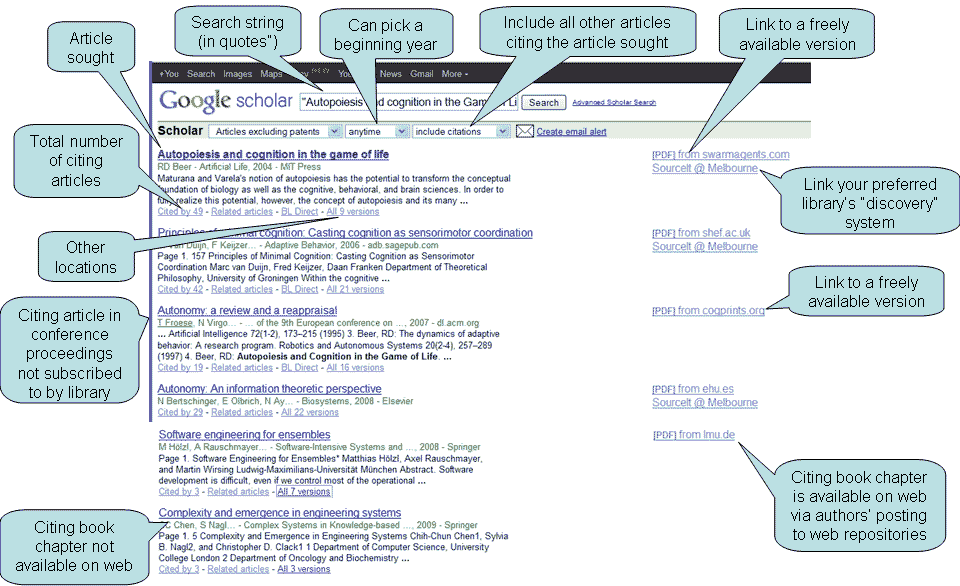Session 3
Reading,
writing, and publishing a massive online hypertext
Thursday,
March 5, 2015 - 5:30 PM
CQUni
Melbourne (Central Queensland Uni, Melbourne Campus)
Session 3 covers three things about the hypertext: (1) how it reflects
scholarly/scientific understanding, (2) how this is implemented and may be
published, and (3) my apps toolkit. Download draft presentation slides for
Session 3 here.
Formalizing claims to scholarly and scientific knowledge
Scholars draw and build on prior knowledge assumed to be "reliable" to
construct deeper/more comprehensive claims to describe/understand reality. For
these newly constructed claims to be accepted as reliable knowledge they
normally pass through at least three cycles of hypothesis and error elimination
before formal publication: personal review and criticism in drafting, team
review and criticism, and formal peer review. Claims that survive the third
cycle of peer review are published in the formal literature and are normally
considered to be reliable unless found to be unreliable in further use within
the knowledge society.

See:
- Hall, W.P., Nousala, S. 2010. What
is the value of peer review – some sociotechnical considerations.
Second International Symposium on Peer Reviewing, ISPR 2010 June 29th -
July 2nd, 2010 – Orlando, Florida, USA.
- Vines, R., Hall, W.P. 2011. Exploring
the foundations of organizational knowledge. Kororoit Institute Working
Papers No. 3: 1-39.
- Vines, R., Hall, W.P., McCarthy, G. 2011. Textual
representations and knowledge support-systems in research intensive
networks. (in) Cope, B., Kalantzis, M., Magee, L. (eds). Towards a
Semantic Web: Connecting Knowledge in Academic Research. Oxford: Chandos
Press, pp. 145-195.
What is hypertext? How have I used it in this book? How have I used it in
associated presentations?
In the World Wide Web hypertext is used to create live links between web
pages so one can easily navigate through a sizable fraction of the world of
knowledge. My text uses these links in a various ways support and extend my
narrative.

My tool-kit of applications
Almost anyone with a computer can use the same tools I used - especially if
you wish to argue against my claims based on more evidence!
- MS Word (commodity) and PowerPoint or an HTML editor (free)
- Google: especially Scholar, Translate, Images and Videos (free)
- Access to journals via a university library subscription (it helps to
belong or to have connections)
- Adobe Acrobat (optional)

The last big thing about writing long lasting hypertexts is knowing how to
build robust links.
- Pick stable repositories
- Use the WayBack Machine (the Web Archive) where possible
- Hide the real links under TinyURL, BitLy, or text to keep the text
readable.



